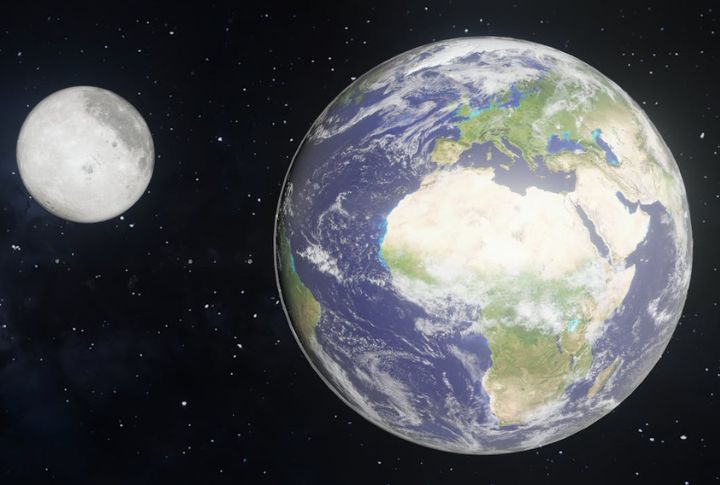
News Flash: The Moon is moving away from the Earth! Now that you know it, you likely have many questions, like, what does that mean for the Earth? Or how will humans be affected by this drift? Well, easy with the questions and read on to stay enlightened about this development.
The Drifting Moon
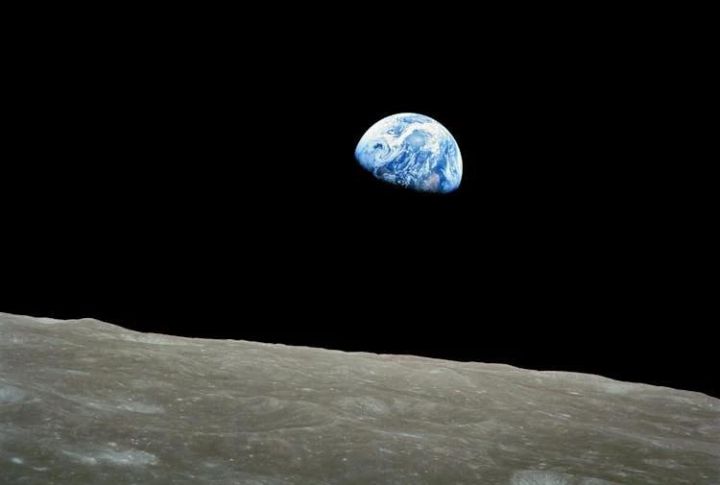
We’ve been seeing the moon all our lives, and it seems to be the same size, so it’s hard to convince us that it’s drifting. However, scientists have confirmed that it is. Every year, it moves 3.82 centimeters, and one way we know is by measuring how long it takes lasers aimed at the moon’s reflectors to reflect back.
Why the Drift, Moon?
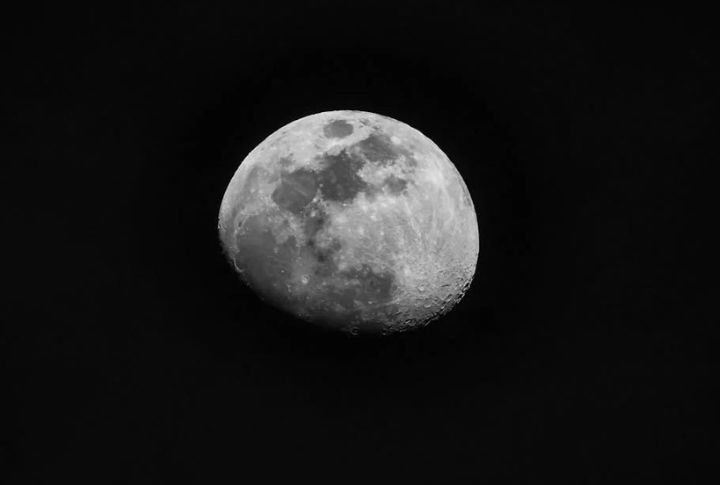
Tidal interactions are behind the moon’s drift. When tides bulge ahead of the moon, they cause the moon to move faster toward them while slowing down the Earth’s rotation. Just like a car gets pushed when it drifts, that’s how the moon gets pushed away as it responds to these tides.
Does It Affect Us?
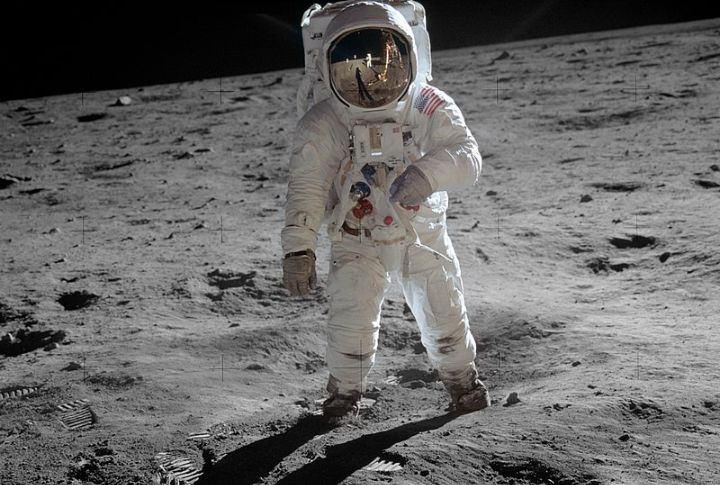
Oh, yes, it does! The further the moon gets from Earth, the less its gravitational pull on it, and this can change many things, like the length of our days, the height of tides, and more. May we walk you through some changes Earth should expect from the moon’s drift?
Lengthening of Days
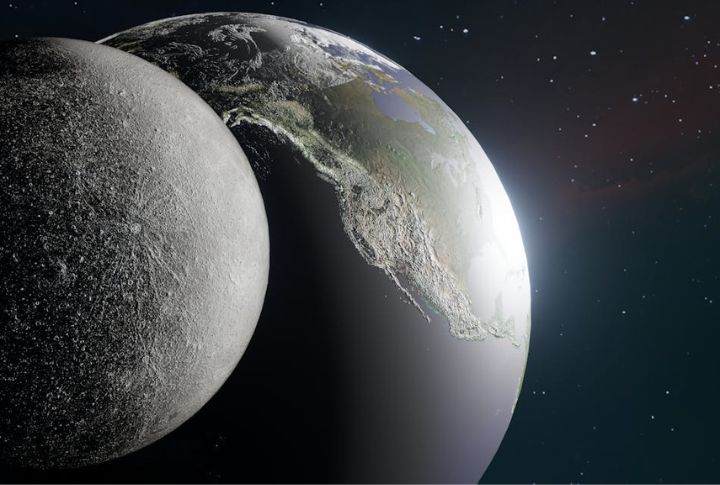
As the moon moves further from the Earth, the Earth starts to rotate slower. We call it a day when a rotation is complete, so the days are getting longer. Scientists claim that over 1 billion years ago, a day on Earth took only 18 hours and 41 minutes. This means it can be longer in the future.
Tidal Changes

Ocean tides rise based on the moon’s location because it pulls them towards itself. Its influence in the ocean reduces the further it shifts from us, and the tides will keep getting smaller. One day, it may shift so far away that there will be no noticeable tides.
Marine Life Adaptation

Many marine species have evolved to synchronize their reproductive, feeding, and migratory behaviors with the timing of the tides. As the moon drifts away and the tides weaken, these species may have to adapt to the changing environment, which can affect other marine species in different ways.
Earth’s Axial Tilt Stability
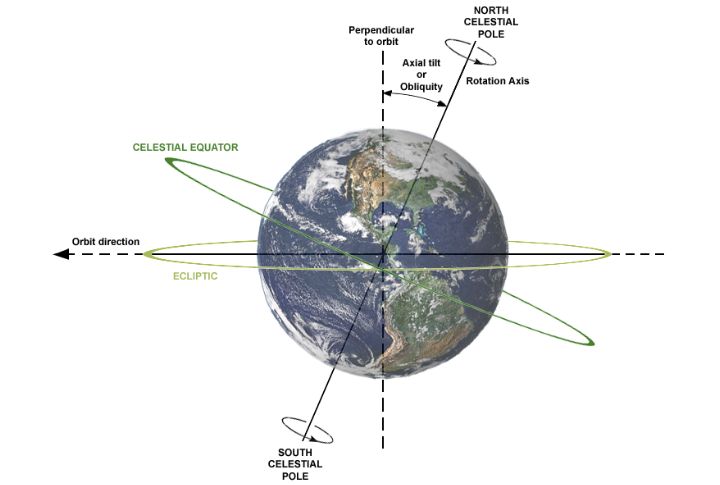
The Earth’s tilt is 23.5 °, and the moon helps keep it that way. This tilt is responsible for the stability of our changing seasons. The moon’s getting further may mean chaotic seasonal changes, which can frequently lead to severe weather events.
Impact on Climate
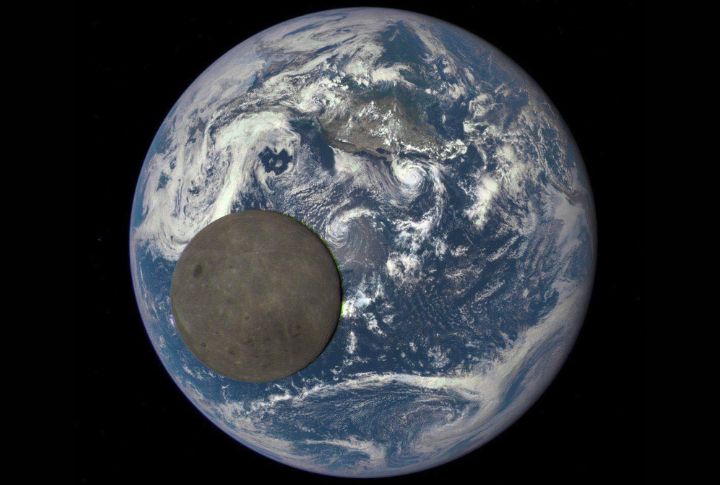
Thanks to the moon’s presence and influence, Earth can remain stable as it spins. A more distant moon will mean less support for the rotating stability, which can result in an unstable climate. It could also make us end up like Uranus, where half the year is lit and the other half dark.
Changing Lunar Visibility
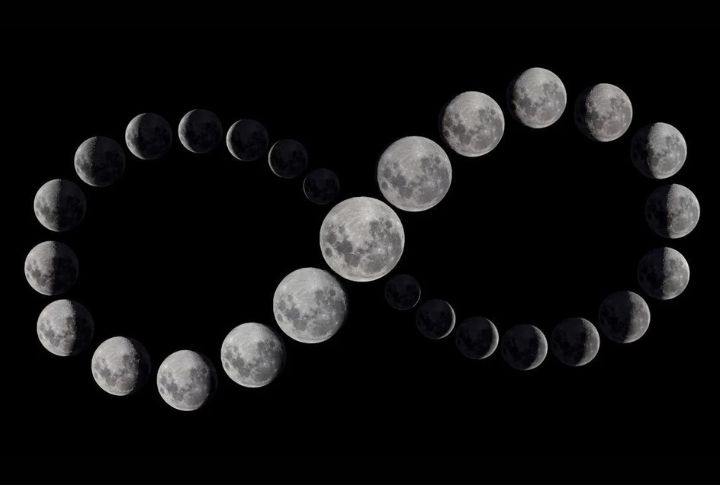
The further an object is from us, the tinier it looks. So shall it be with the moon as it shifts. One may not notice a change over their lifetime, but skygazers will see a smaller and more distant moon billions of years in the future. Billions of years ago, the moon looked bigger in the sky.
Altered Eclipse Dynamics
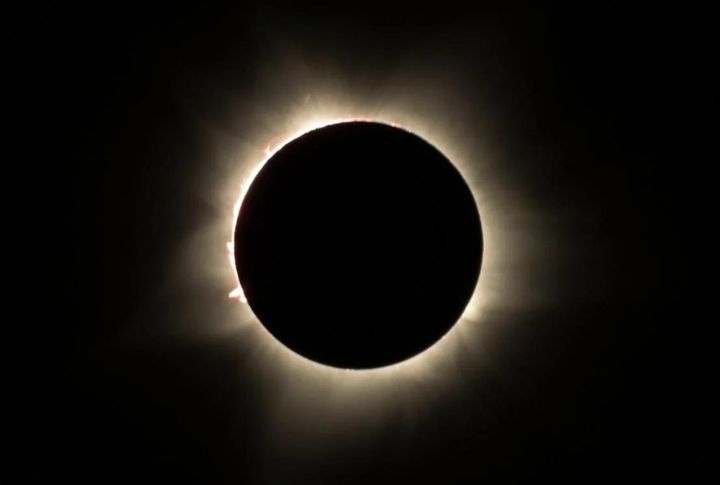
Total solar eclipses occur when the moon perfectly sits between the Earth and the Sun, casting a shadow on Earth’s surface. But as the moon keeps moving, that won’t be possible anymore as it will keep looking smaller and eventually be too tiny to cover the Sun completely.
Tidal Locking
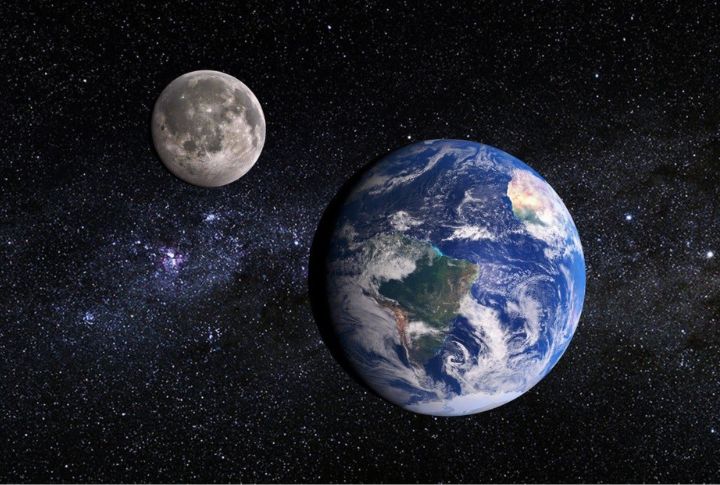
Every time we see the moon, we see the same side. This is because the moon is tidally latched to Earth’s. As this drift continues, we will be tidally locked with the moon. This means that only one side of the Earth will face the moon and see it when it comes out.
Dimmer Moonlight
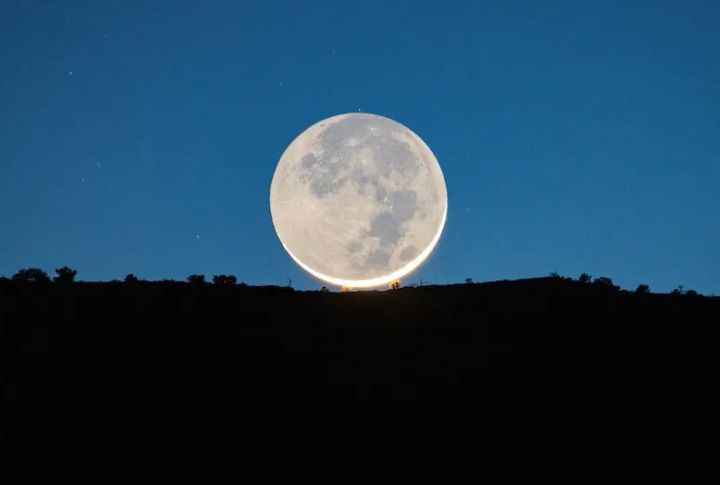
Of course, we won’t expect a more distant moon to give us the same brightness we will get from a closer one. This dimness may not disturb humans because we have systems for keeping our nights lit, but it may affect animals, especially those active at night.
Are We Going To Lose the Moon?
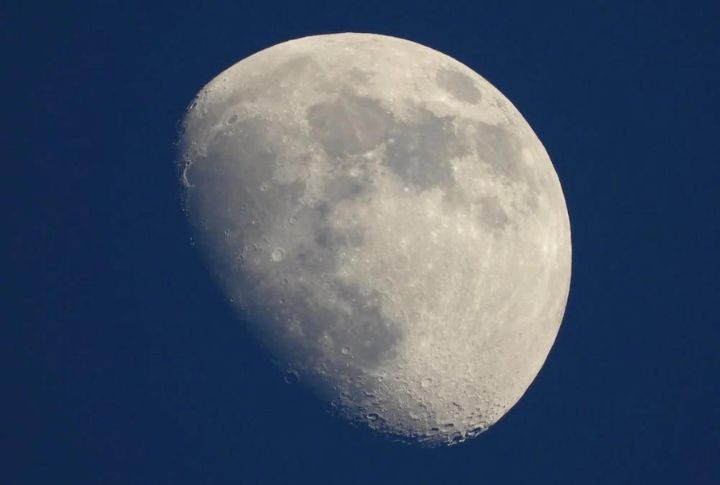
Scientists have assured us that we won’t lose the moon. They say that in roughly 50 billion years, the moon will stop drifting away from the Earth when the tidal lock occurs. That may never happen, though, as the Sun is expected to die in 5 billion years and go down with the Moon and Earth.
Can We Stop This Drift?
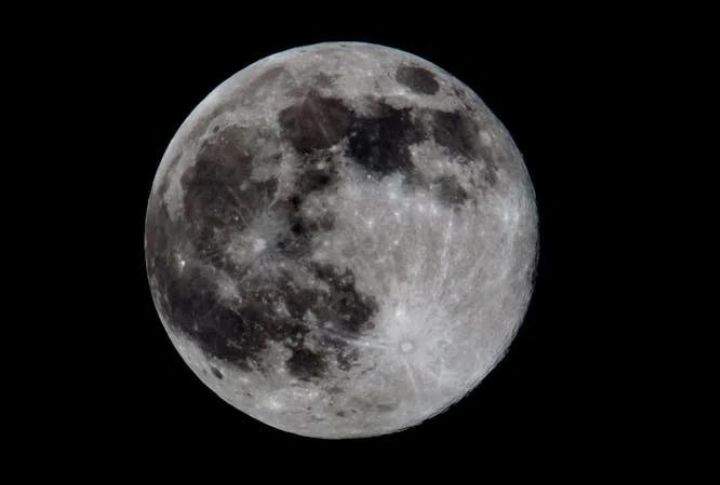
If there is a reversal or pause in the moon’s drift, you can bet that humans had nothing to do with it. Our technology can do nothing about it, and it feels like it’s something we’ll just have to observe for billions of years. Even if we could, it may have unintended consequences for our planet and the moon.
Should You Be Worried?

Not at all. This drifting is a slow, unnoticeable process. Many people will not know about it until they read these slides. You won’t feel the effects of this drift because they will be minute. And yes, humans should be able to adapt to match whatever this moon drift means for the Earth.

